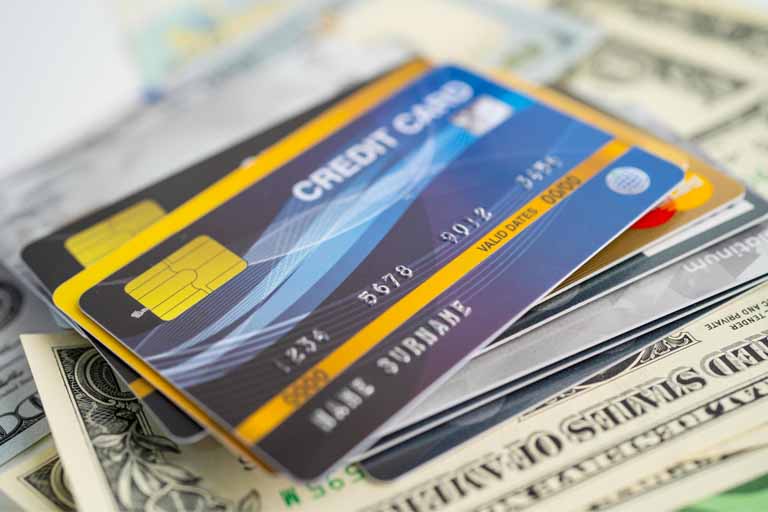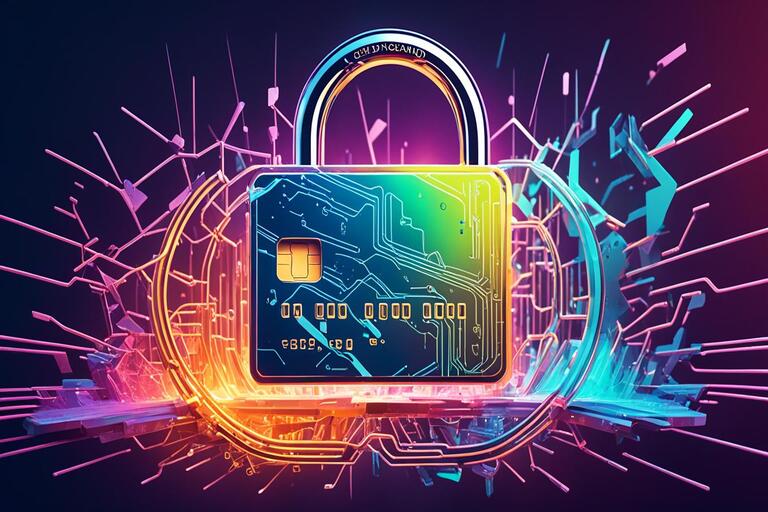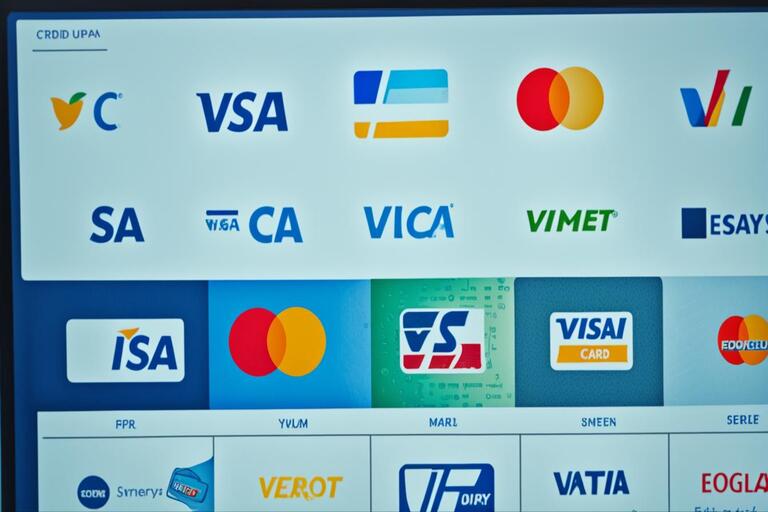
Be Safe While Credit Carding Online: How to Save Yourself from Scams on Fe Shop
With everything online, credit card fraud is a very hot topic that may put your financial security in jeopardy. Finding Fe shop cc scam prevention tips yield an array of results on Google, but this blog post is potentially a better way to get such info. These are the essential guidelines you must follow so that you can secure your data and make easy transactions without having any kind of cyber criminals ruining it for life.
CREDIT CARDING & ONLINE SCAMS PRESENTATION
Technology and the internet have really made our lives easy, particularly in matters of online shopping. But today we need not step out if we wish to purchase here and there a few clicks gets the item in our kitty from anywhere across the globe. However, this convenience is also a potential area of credit carding and internet scam.
Fe shop cc online credit carding this works when a cybercriminal makes unauthorized purchases or orders using stolen details of your payment online. This illegal activity results in financial loses to both individuals and businesses as well causes personal information at risk. Whereas, online scams are fraudulent schemes which aims to cheat money or information of a particular person.
As the number of E-commerce grows, and so do credit carding as well as scams are taking place every other day. These attacks have evolved and became so sophisticated they would easily trick even the most careful individual. Hence, it is very important for everyone who shops online or makes use of credit cards to pay attention about these risks and take necessary measures.
A common tactic used by hackers is phishing which are usually messages or emails, that look real but were designed to obtain usernames and passwords as well of credit card information. One of the methods is to create fake websites or apps that imitate popular ones and ask for sensitive information.
How to not be scammed in Fe cc shop
With the rising trend of using credit cards for online shopping and transactions, there is a rapid increase in the incidents of fraud activities taking place on their account. Such frauds can lead to identity theft and financial loss of the people by stealing their personal and other threatening stuff. To stay safe while credit carding with Fe cc shop transactions, you need to know how fraudsters might try scamming before taking measures.
How to Stay Safe When Using Fe shop ru?
1. Use a secure connection for online transactions: When you perform any financial transaction, always do it in a secured internet environment. It is easier for cyber criminals to hack into public Wi-Fi networks, so avoid doing transactions over these.non personal files are added here.
2. Check the security of a website before entering any personal information or credit card details on an Fe shop ru online store; make sure it has a well-implemented approach to safeguarding its customers. Check for the padlock icon in the address bar or whether a website uses.
3. Watch out for phishing emails: Scammers might pose as well known companies who are looking to get some personal or financial information. Avoid clicking links or opening attachments from unfamiliar senders, even if they appear to be coming from a known company.
4. Verify URLs: verify the URL is correct and matches that of a known company before entering any personal information on a site. To obtain even more information, cybercriminals frequently create dummy websites with lookalike URLs.
5. be skeptical of offers that seem too good to be true: Scammers may lure you with deals or percentages off your credit card information. If the Fe shop cc offer is Too Good to Be True, It Probably Is
6. Strong passwords: Make sure you use strong and unique password when creating account on FE Acc18 or FE Shop 18, either any other online source where to do your credit card business.
7. Keep control of your privacy settings: Then personal information could be for public, if you use any online platform besides Fe shop cc so that Set the Privacy Setting on said online platforms.
Taking up these advices and keeping a watch while sharing your credit card details on services like Fe cc shop or the newest one, Fe shop cc will keep you safe from falling into any online hustling scams. Just a friendly reminder not to take chances and do what you think may be right. Shop Online and Still Stay Safe at All Times when you use Credit as the Payment Option
Opt For Secure Websites and Payment Methods
Nowadays, Fe shop the world of technology has established a slag in online transactions. Credit cards are used for extensively on the internet, be it shopping or bill payments. But then again, this convenience also exposes you to online scams and con artists. Taking preventive measures and being overly cautious, secure sites &money paying methods while credit carding online only helps the customers.
Shopping from Fe shop ru secure websites is one of the many first steps you should take to be safe when using your card. An SSL (Secure Sockets Layer) certificate is associated with a secure website and helps to encrypt any information that might be shared between you and the site. Which is another way your personal and financial information not secured by hackers or cyber criminals? A Fe shop cc secure website can usually be identified by the presence of a padlock icon next to the URL.
Staying safe while credit carding online is also about NEVER clicking on an email or link that seems suspicious and asks you to enter personal data, such as your credit card details.
Consequently,
While they may look like legitimate emails from popular companies (spam), these are phishing emails created to steal your identity. Be very careful regarding unknown links and not to open unverified attachments with potential malicious software.
If you enter a Fe shop cc website where your card details are being placed, that is also an authentic seller and not someone who just brought wax to meet a harasser. Find out what other customers are saying before you buy. It is generally advisable to use e-wallets provided by the third party such as PayPal instead of feeding your credit card information directly over multiple other sites.




